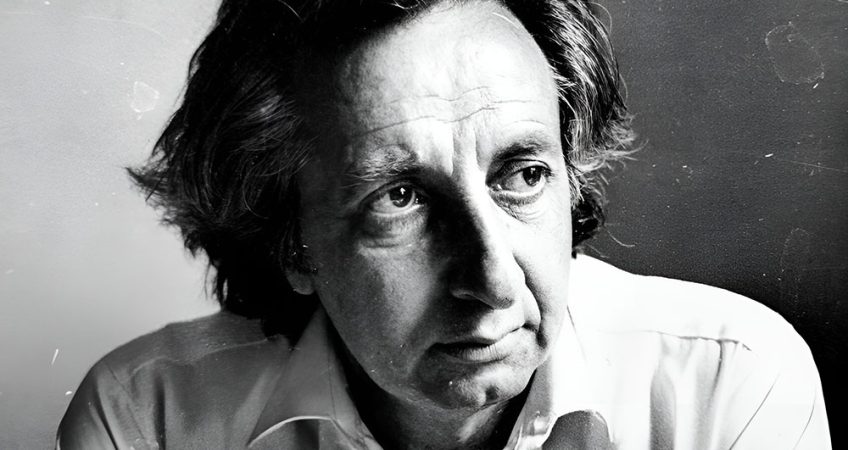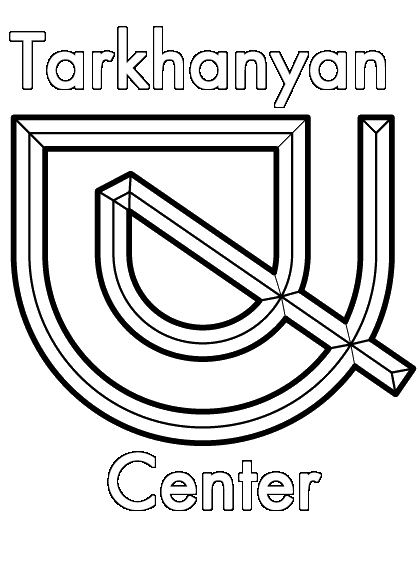Recognition and Awards of Arthur Tarkhanyan: His Contribution to Architecture and Enduring Legacy

Arthur Tarkhanyan was an outstanding architect whose works significantly shaped the architectural landscape of Armenia and earned recognition far beyond its borders. His talent, dedication to merging art with engineering, and innovative design approaches brought him numerous awards, honorary titles, and international acclaim.
International and All-Union Recognition
Arthur Tarkhanyan’s architectural legacy was highly appreciated not only in Armenia and the Soviet Union but also internationally. By the 1980s, he was well known in professional circles across the globe. He received invitations from Finland and Cyprus and took part in international architectural symposiums and competitions.
A particularly symbolic moment in his career was an official invitation from renowned Finnish architect Alvar Aalto, a member of the Finnish Academy of Arts, who invited Tarkhanyan to visit Finland for a professional meeting. This was a major recognition of Tarkhanyan’s contribution to global architecture.
State Awards of the USSR and Armenian SSR
For his outstanding achievements in architecture, Arthur Tarkhanyan received numerous prestigious state awards:
- Honored Architect of the Armenian SSR (1972) – for his contribution to the development of architecture in the republic.
- People’s Architect of the Armenian SSR (1987) – the highest architectural honor in Armenia.
- USSR State Prize (1987) – for the design of the Karen Demirchyan Sports and Concert Complex.
- State Prize of the Armenian SSR (1985) – for the architectural design of Zvartnots Airport.
- USSR Council of Ministers Prize (1979) – for the Rossiya Cinema (now “Ayrarat”).
- Lenin Komsomol Prize (1981) – for the design of the Youth Palace in Yerevan.
- Order of the Badge of Honor – for contributions to Soviet architecture.
- Gold Medal of the USSR VDNKh (Exhibition of Achievements of the National Economy) – for achievements in architecture.
- Honorary Certificate of the Presidium of the Supreme Soviet of the Armenian SSR (1987) – for his impact on urban planning and architecture in the republic.
Architecture Competitions and Biennales
Tarkhanyan actively participated in numerous architectural competitions, where his projects received prestigious awards. Among them:
- Top prize at the 3rd World Biennale “Interarch-85” in Sofia for a mass housing project in the city of Goris.
- USSR Architectural Exhibitions and Reviews:
- 1962, 1968 – competitions for young architects.
- 1973–1977 – showcases of Soviet architectural achievements.
- 1982 – Best Building of the Year.
- 1985 – Best Work of the Year.
These accolades highlighted his innovative style and significant contribution to the development of architectural science.
Post-Soviet Recognition
After the dissolution of the Soviet Union, Tarkhanyan’s legacy continued to be honored. In 2000, he was awarded the Anania Shirakatsi Medal, one of Armenia’s highest distinctions in the fields of science and culture. In 2006, he received the Tamanyan Gold Medal, the top architectural award in Armenia.
In 2007, the Faculty of Architecture at Yerevan State University of Architecture and Construction (YSUAC) established the Arthur Tarkhanyan Award, which is presented annually to the university’s best architecture students.
Legacy and Influence
Recognition of Tarkhanyan’s work has continued into the 21st century. At the 19th Architectural Congress in Vienna in 2012, Soviet modernist architecture from 1955–1991 was officially recognized as world cultural heritage. Among the most notable examples of this period were several of Tarkhanyan’s projects:
However, the treatment of his architectural legacy in his homeland has been mixed. In 2006, the Youth Palace was demolished, despite protests from the architectural community. For many years, Zvartnots Airport and the Ayrarat Cinema also faced threats of demolition. It wasn’t until 2018 that Armenia’s Ministry of Culture officially recognized them as historical and cultural monuments.
Tarkhanyan’s family—especially his daughter, Anahit Tarkhanyan—has actively worked to preserve his legacy. In 2018, the Private Museum of Modern Architecture of Armenia was established, dedicated to Armenian modernism and featuring extensive materials on Tarkhanyan and his colleagues.
Conclusion
Arthur Tarkhanyan was more than an architect—he was a visionary who created architectural images that helped define the identity of Armenian cities. His contributions were recognized through numerous awards and honors, but his true legacy lies in the buildings he designed, many of which continue to serve people to this day.
Despite the loss of some of his works, his memory lives on—in the students he taught, the structures he created, and the Arthur Tarkhanyan Center, which preserves and promotes the legacy of this great master.
